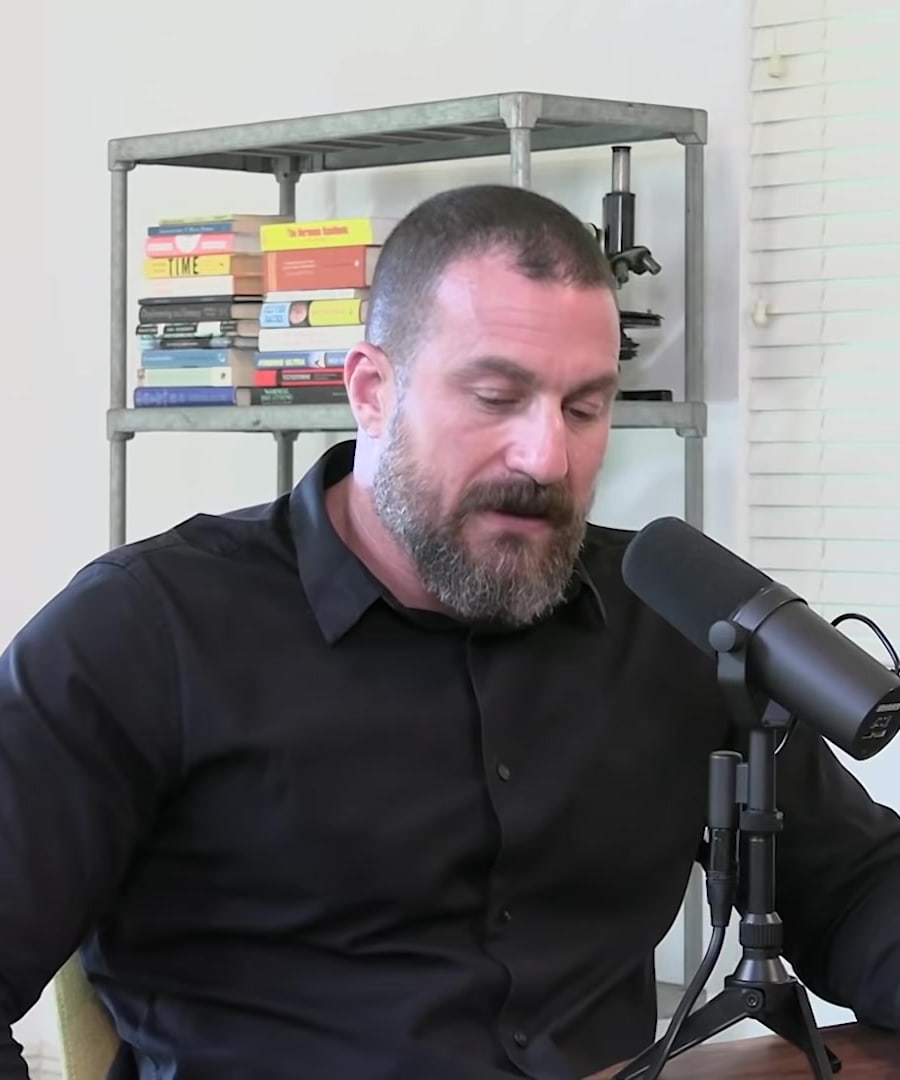If I set my cold plunge at 49° and do three minutes a day will I get all of the health benefits?
Sources:
Doing a cold plunge at 49°F for three minutes daily can indeed provide you with several health benefits. According to , deliberate cold exposure can lead to positive physiological responses, including:
- Increase in Catecholamines: Cold immersion can increase levels of norepinephrine and dopamine, which are beneficial for mood and mental clarity 1.
- Enhancements in Focus: Many individuals report improved focus and mental acuity following cold exposure 2.
- Eustress Induction: This type of cold stress is classified as "eustress," which is a positive form of stress that fosters resilience without significantly increasing cortisol levels—often associated with negative stress 2.
- Adaptation Through Temperature Variation: Engaging in short bursts of cold exposure can help your body adapt to temperature changes, enhancing overall resilience 3.
For optimal benefits, Huberman suggests that even a brief immersion for about 20 seconds can yield significant effects 1. Your three-minute routine is well within a beneficial timeframe!
In summary, your approach is likely to deliver positive health benefits, particularly in terms of mood enhancement, focus, and resilience. Just ensure that you're cautious and aware of your body's responses during and after each cold plunge.
RELATED QUESTIONSWhat are other benefits of cold plunges?
Sources:
Cold plunges, or deliberate cold exposure, offer a wide range of health benefits, as discussed by :
-
Increased Catecholamines: Cold exposure boosts levels of adrenaline (epinephrine) and dopamine, which can enhance mood and energy levels for several hours post-exposure 1.
-
Improved Mental Focus: Engaging in cold plunges can lead to better cognitive performance and increased focus, reducing the need for stimulants like caffeine 2.
-
Resilience Training: Cold exposure serves as a method to train resilience and embrace discomfort, which can foster growth in various aspects of life 3.
-
Hormetic Stress: The practice creates mild stress for the body, promoting cellular resistance and adaptability, which can enhance overall health 4.
-
Potential for Enhanced Recovery: Post-exercise cold plunges may aid in recovery, provided it's not immediately after strength training as it may hinder muscle gain 1.
-
Inflammatory Response Reduction: Cold exposure has anti-inflammatory properties, which may benefit those with pain or inflammation issues 1.
-
Improved Sleep Quality: Although primarily related to cold exposure, maintaining a cooler body temperature can help regulate sleep patterns, promoting better sleep quality overall 1.
These benefits make cold plunges a powerful tool for enhancing both mental and physical health. As always, it's essential to listen to your body and ensure that you practice cold exposure safely.
RELATED QUESTIONS-
What are the best cold plunge techniques?
Sources:
Here are some effective techniques for cold plunges as discussed by :
-
Temperature Range:
- For beginners, start with water temperatures around 55-60°F.
- More experienced individuals can aim for 45-50°F.
- Advanced users can try the low forties or high thirties, but ensure proper monitoring and safety measures are in place 1.
-
Monitor Your Response:
- Before entering, gauge your eagerness to get in on a scale from 1 to 10. A score of 5-6 indicates a good resistance level, while a score of 10 might mean it’s too warm 1.
-
Safety First:
- Always have someone nearby to monitor your condition while performing cold exposure.
- Avoid deep breathing before entering the water to prevent risks associated with hyperventilation 1.
-
Mind Your Duration:
- Beginners can start with shorter durations and gradually increase as they adapt. Monitor how your body reacts during and after exposure 1.
-
Avoid Intention to Submerge:
- Do not intentionally submerge yourself completely. Instead, focus on acclimating to the cold while controlling your breathing once you are in the water 1.
-
Focus on Subjective Feel:
- Prioritize how you feel in the water rather than obsessing over exact temperature differences. Adjust according to your comfort level while ensuring safety 1.
-
Integrate with Heat Exposure:
- Alternating between cold plunges and heat exposure, such as from a sauna, can enhance the overall benefits and recovery process 1.
These techniques can help you safely incorporate cold plunges into your routine, maximizing benefits like improved alertness and recovery.
RELATED QUESTIONS-
I alternate between the cold plan and a hot tub set at 104°. How long should I be in the hot tub to get the best benefit?
While there isn’t specific data retrieved regarding the exact duration for hot tub use at 104°F, suggests an effective method for contrast therapy between hot and cold. Here are general guidelines for your hot tub session:
-
Duration:
- Aim for about 10-20 minutes in the hot tub. This duration is typically sufficient to experience the benefits of heat exposure without overwhelming your body.
-
Monitoring Body Response:
- Pay attention to how your body feels during the hot soak. If you start to feel lightheaded or overly warm, it may be a sign to exit sooner.
-
Alternating with Cold:
- Follow your hot tub session with a cold plunge for about 3-5 minutes. This contrast helps enhance recovery and circulation.
-
Hydration:
- Make sure to stay hydrated before and after both hot and cold sessions to ensure optimal performance and recovery.
-
Safety Precautions:
- Always consult with a healthcare professional if you have any underlying health issues or concerns about heat exposure.
These guidelines can help you maximize the benefits of alternating between the hot tub and cold plunge effectively.
RELATED QUESTIONS-
If I set my cold plunge at 49° and do three minutes a day will I get all of the health benefits?
- RELATED QUESTIONS
What are other benefits of cold plunges?
- RELATED QUESTIONS
What are the best cold plunge techniques?
- RELATED QUESTIONS
I alternate between the cold plan and a hot tub set at 104°. How long should I be in the hot tub to get the best benefit?
- RELATED QUESTIONS




